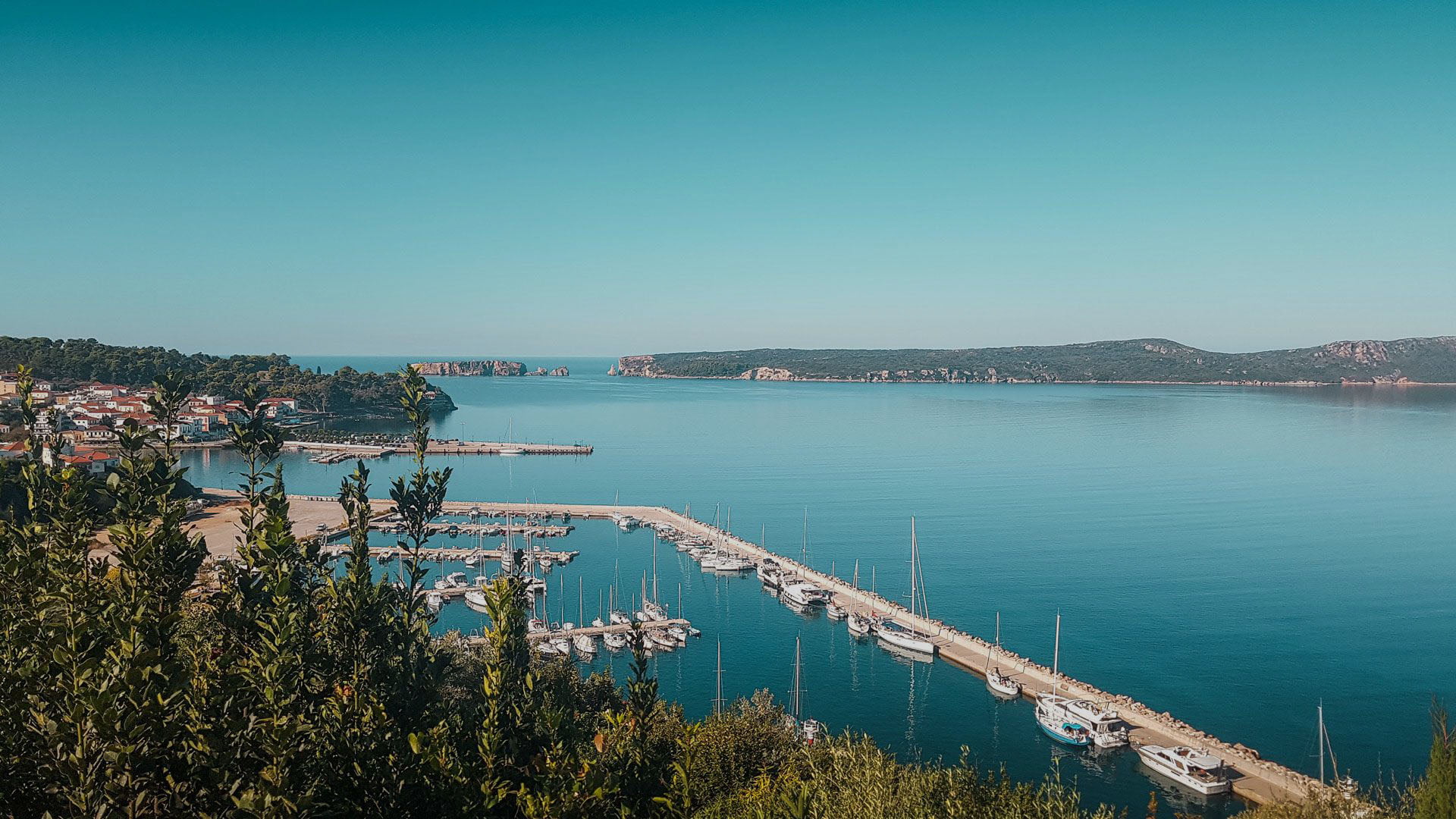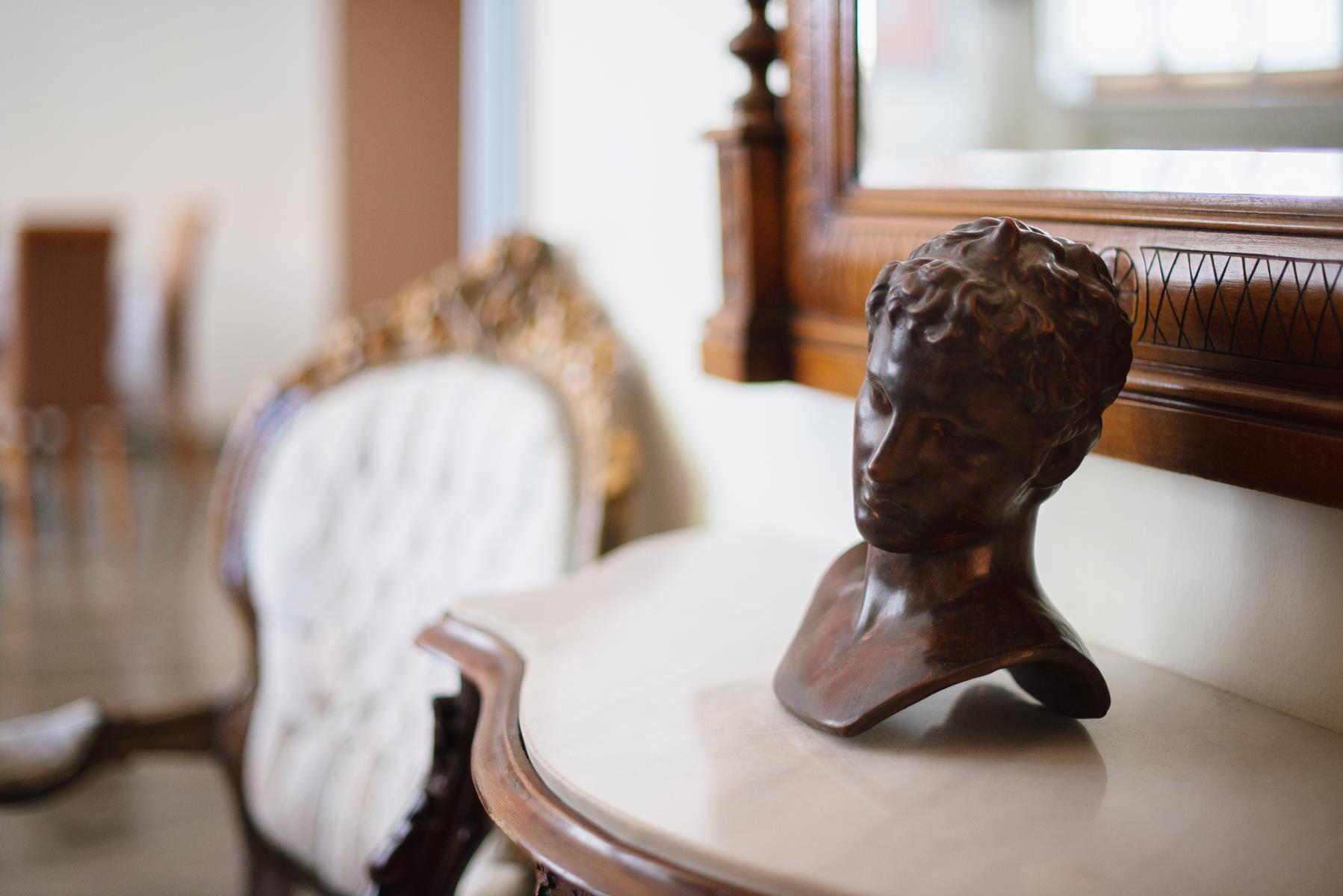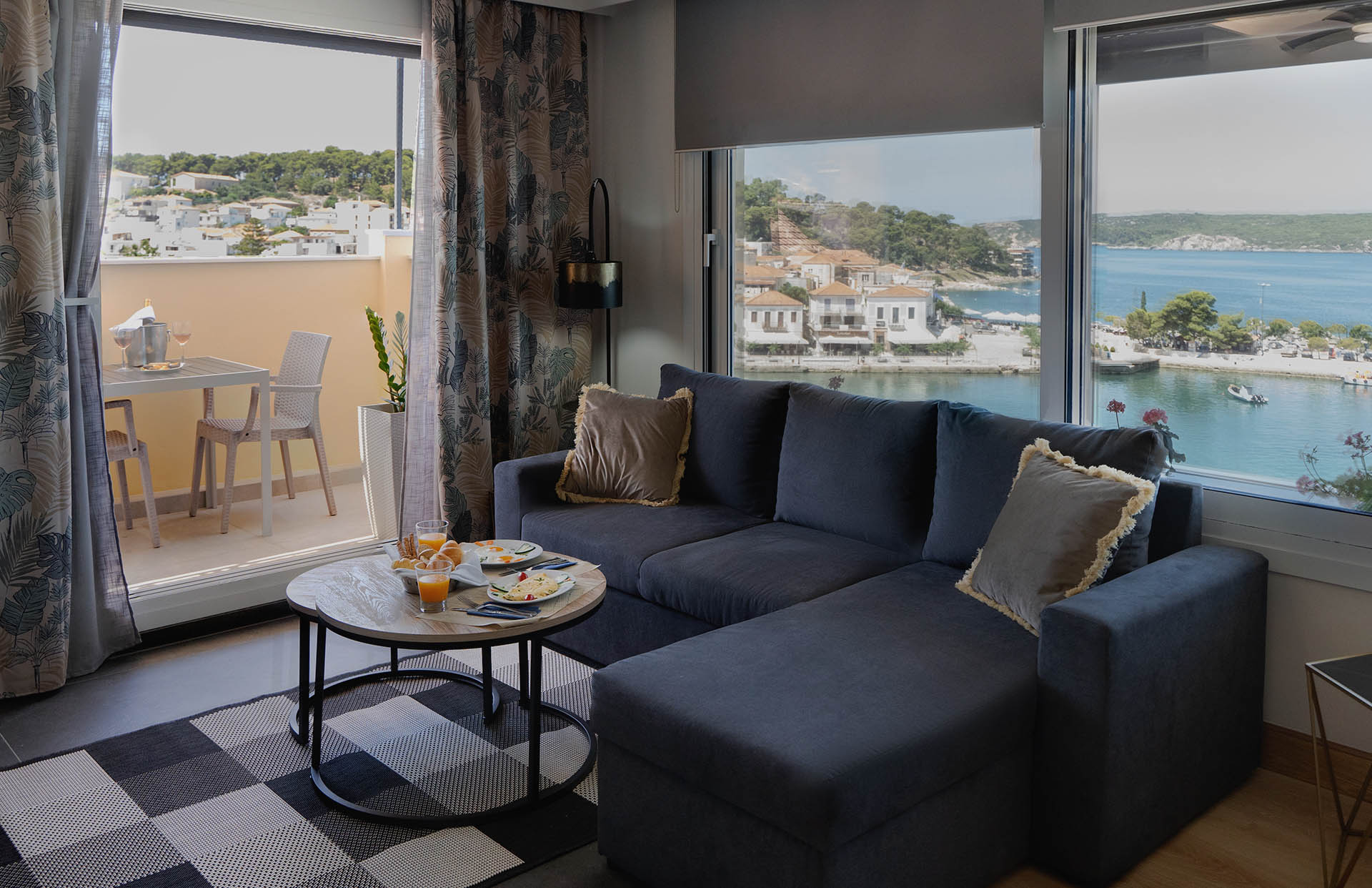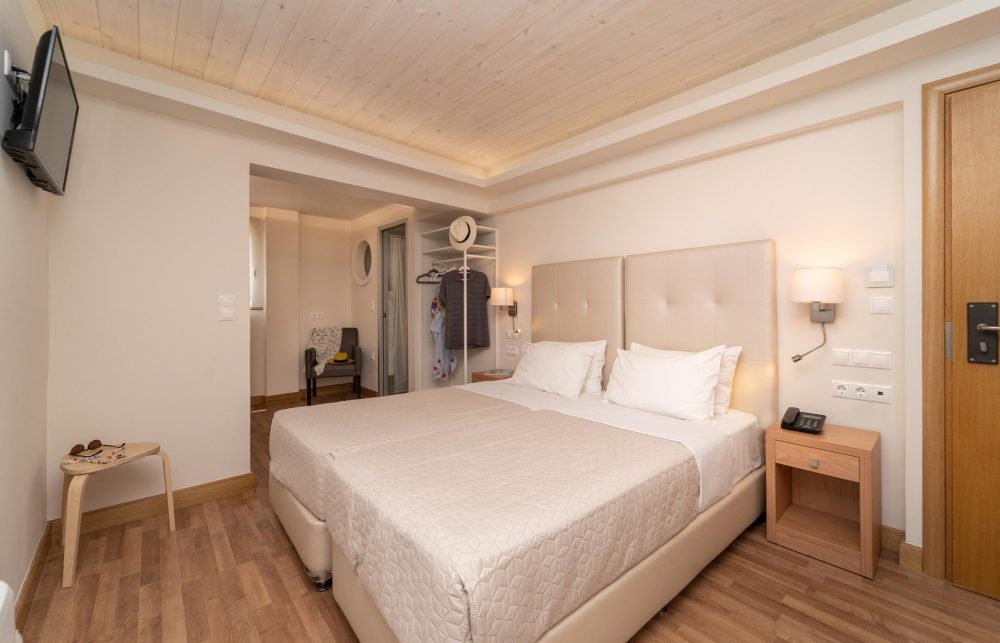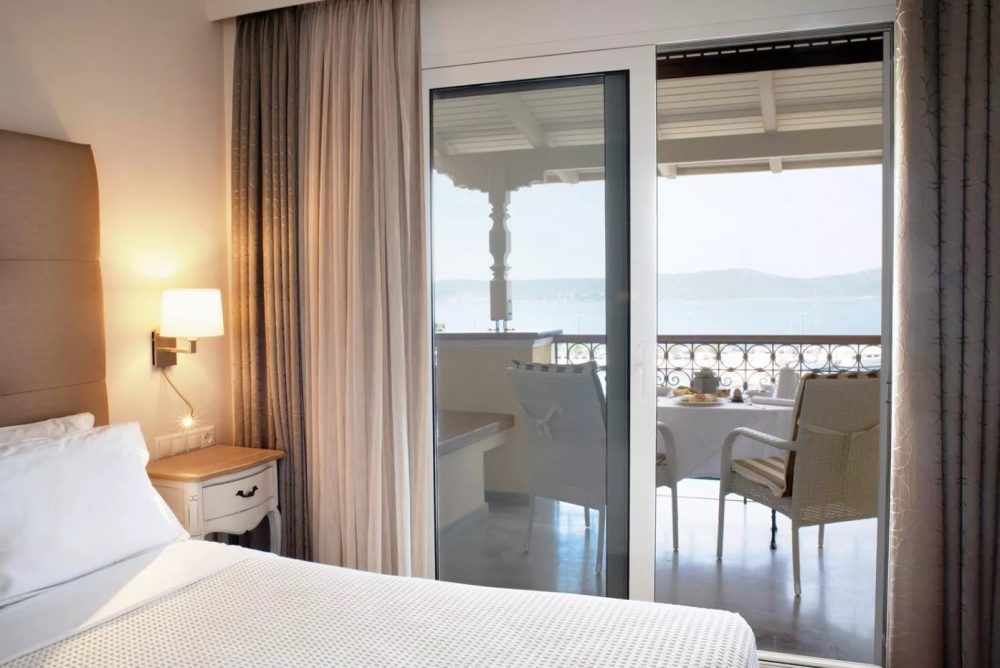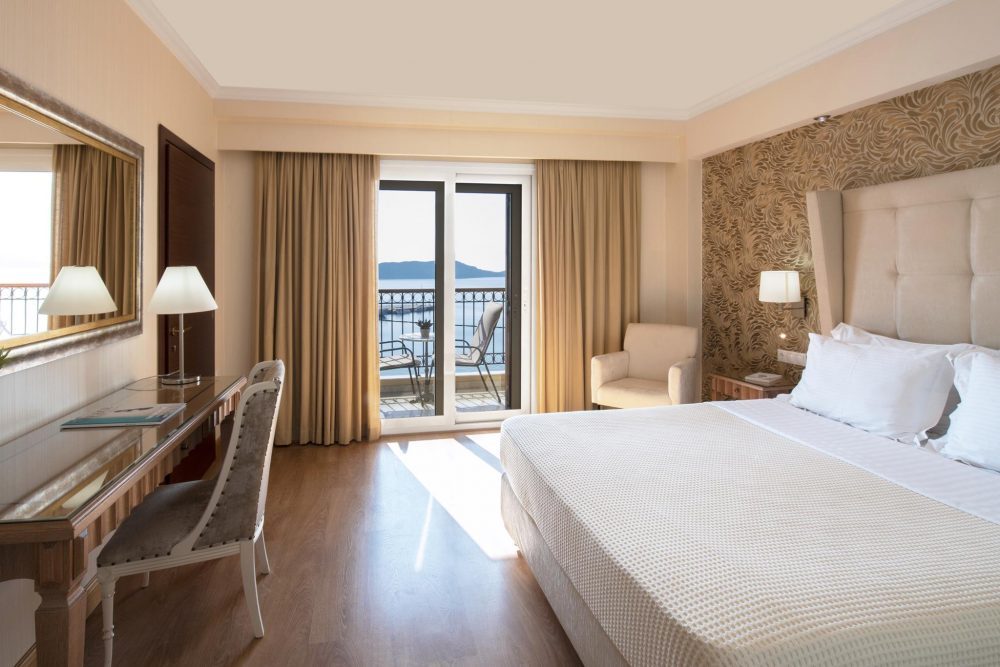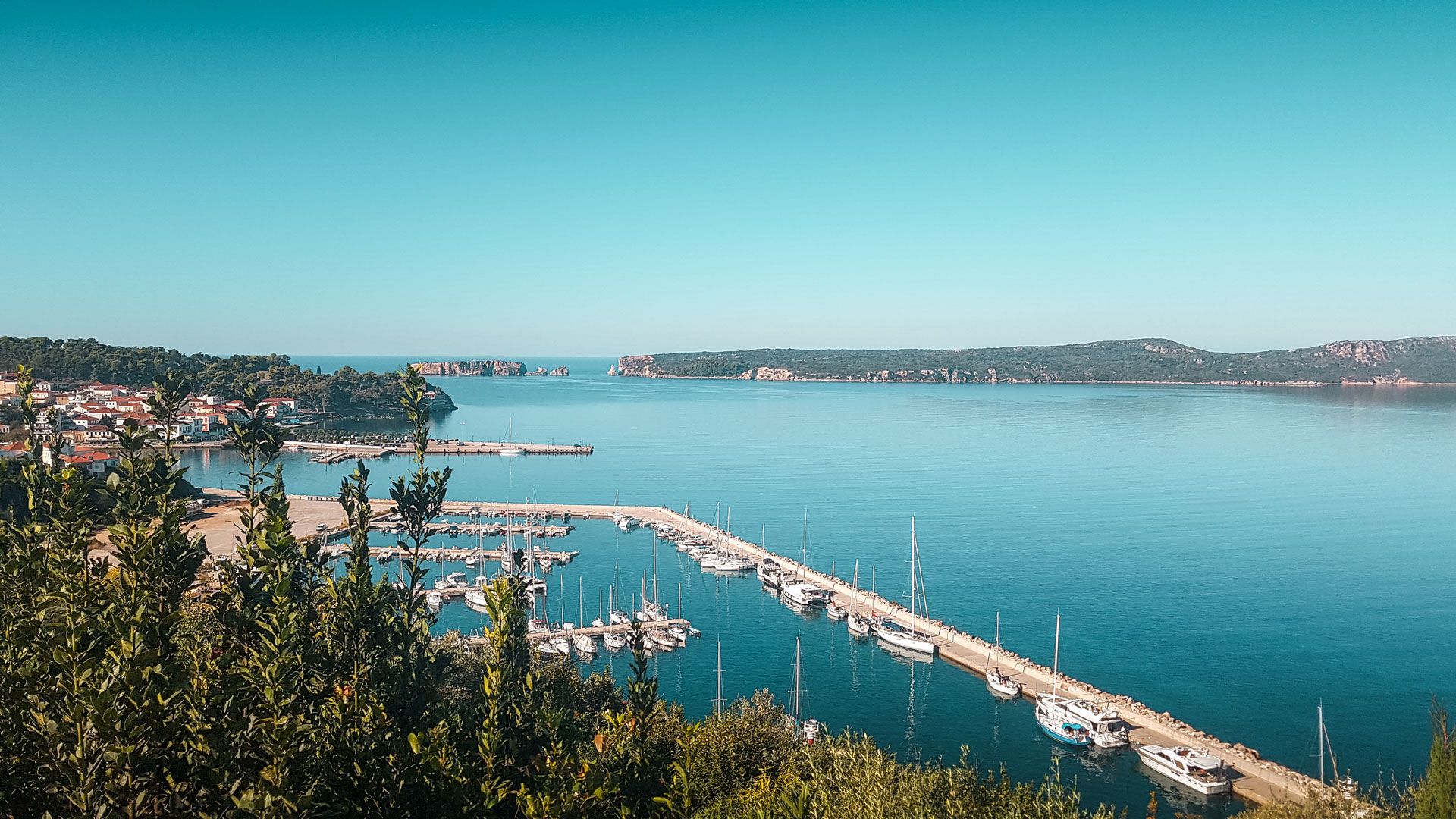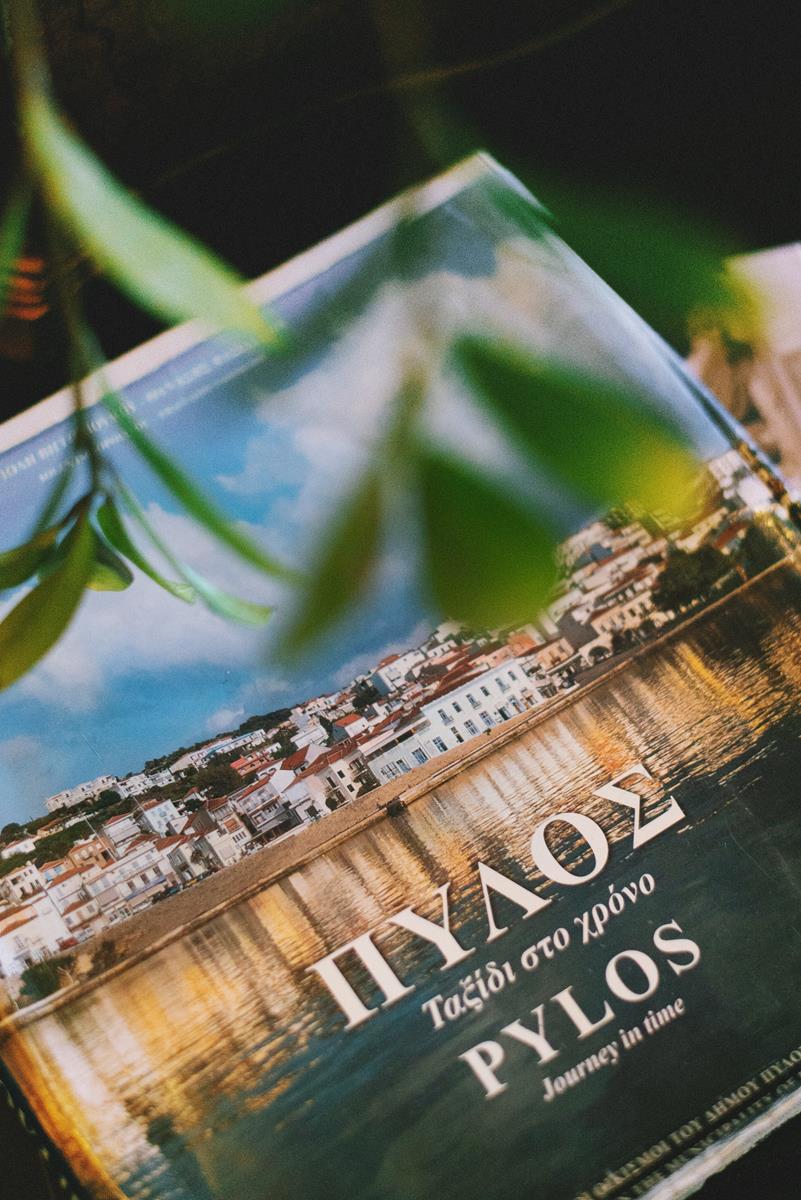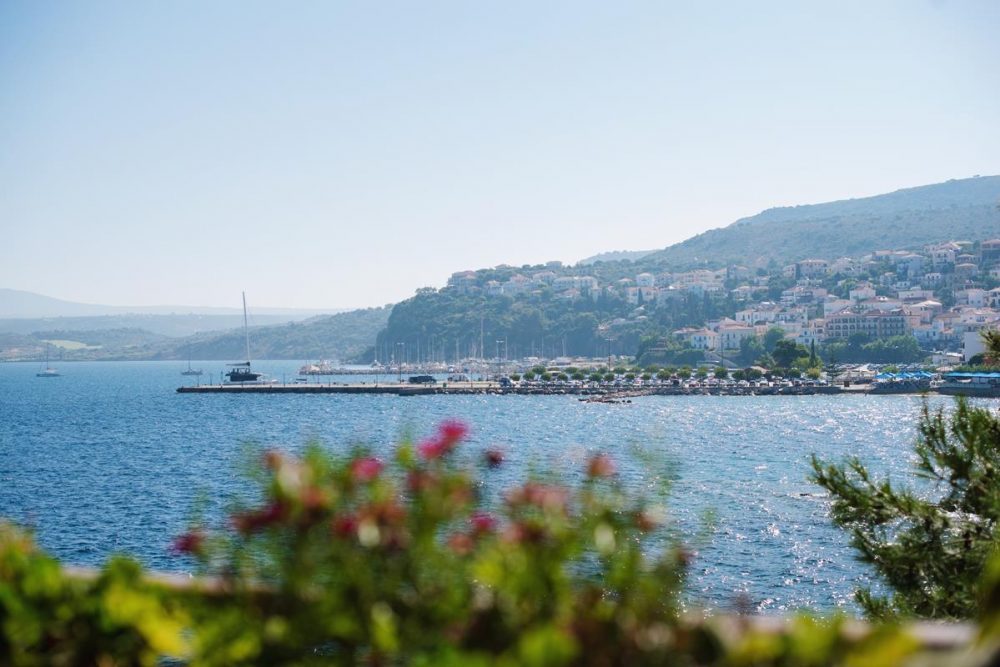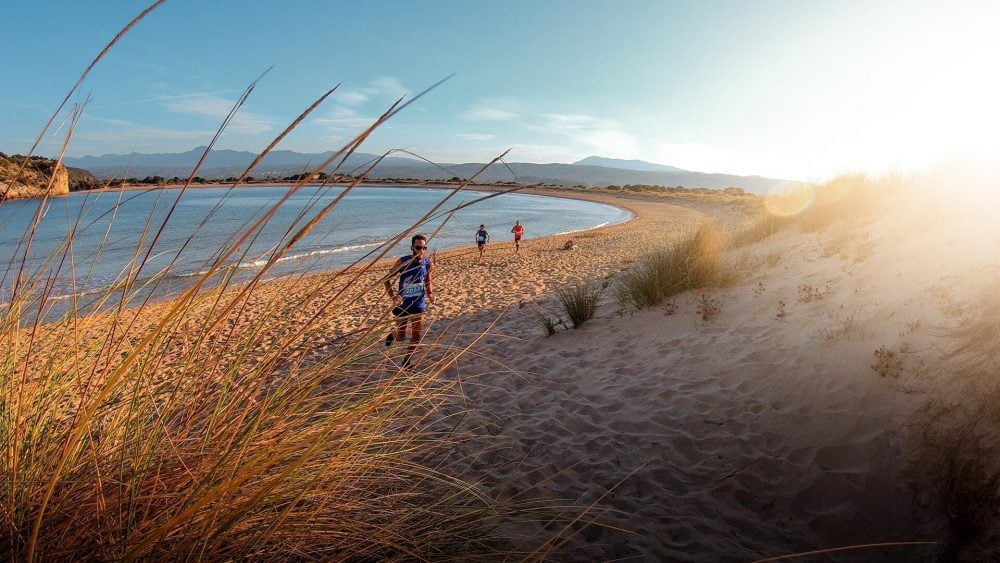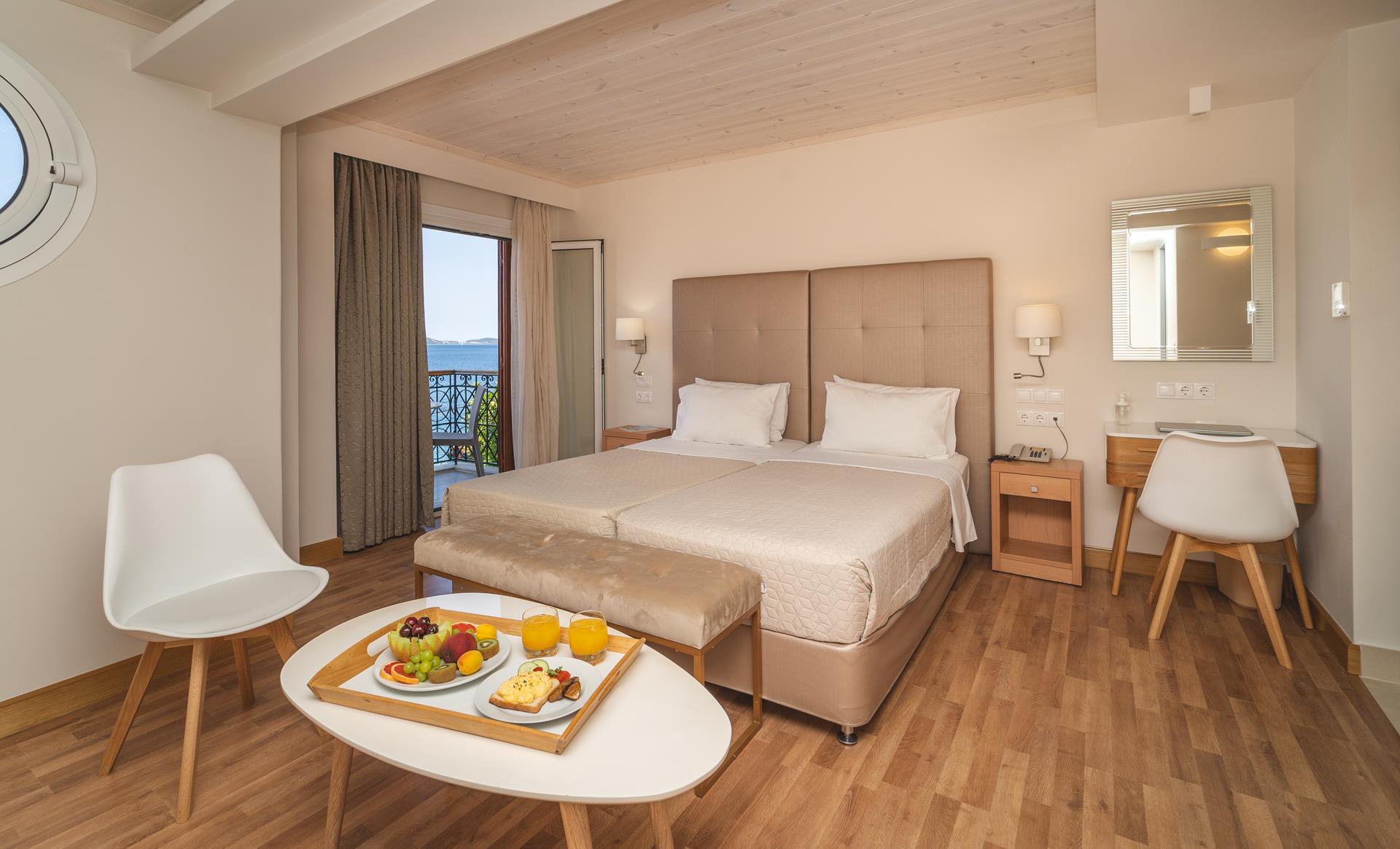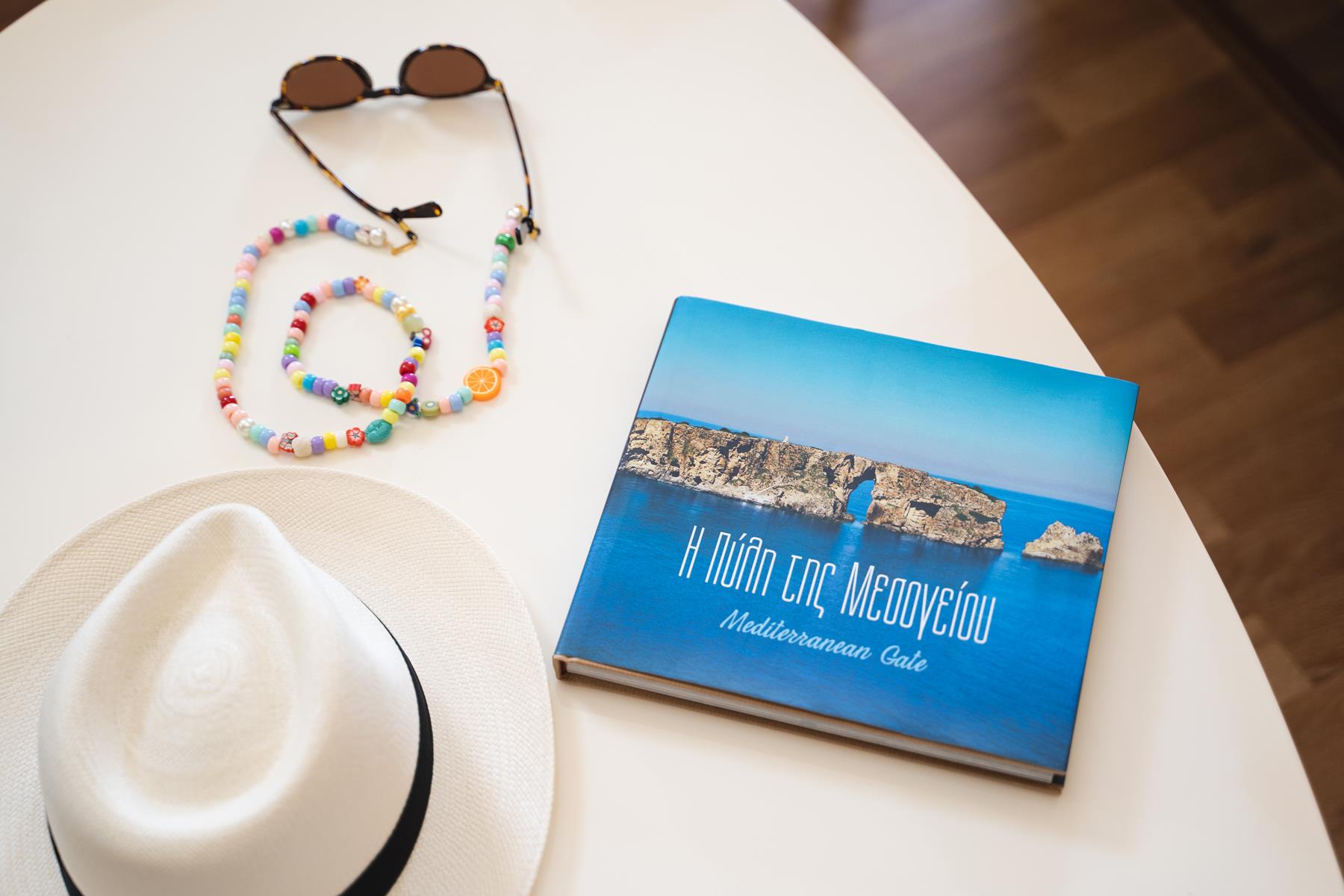LUXURY & COMFORT
Karalis City Hotel & Spa
Karalis City Hotel located in Pylos (Navarino) Messinia few meters from the main square “Three Admirals”. Housed in buildings of traditional architecture and open 12 months a year. Its capacity is 35 rooms fully equipped & air conditioned. It is newly renovated & overlooking the bay of Navarino. Starting from the hotel, visitors can have easy and fast access to all attractions and beaches. Stop searching for “Messinia Hotels” & visit our luxurious hotel!




